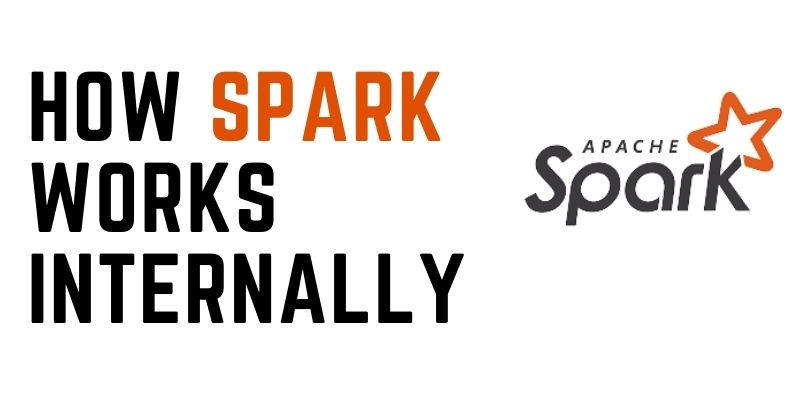
Introduction
The architecture of the spark is well-defined and complex. All of the components and levels in this Spark architecture are loosely connected, and its components have been integrated.
In this blog, we’ll go over the abstractions that architecture is founded on, the terminologies that are used in it, the components of the Spark architecture, and how Spark employs all of these components in its work. If you want to learn more about Spark, then join Spark Training Institute in Chennai with certification and placement support for your career enhancement.
How Spark Works Internally
Spark is a distributed computing engine that is free and open source. It is used to process and analyze enormous amounts of data. Hadoop MapReduce operates in a similar way to how it distributes data across a cluster. It facilitates parallel data processing.
The Spark driver software operates in its own Java process. These drivers are responsible for a large number of dispersed workers. Executors are what these dispersed workers are. Each executor runs its own Java process. The Spark application is the result of a partnership between the driver and the executors.
Using a cluster manager, we may start a Spark application on a group of machines. Spark has its own cluster manager built-in, referred to as a standalone cluster manager. Although, in Spark, we may use a cluster manager that is free of charge.
Components of Spark
It’s a spark application’s master node. The central point and entering point of the spark-shell is the spark driver. This software executes an application’s main function. In Spark Driver, we can build a SparkContext.
The DAG scheduler, task scheduler, backend scheduler, and block manager are some of the components. The user code is translated into a job by the driver. After that, we’ll run it on the cluster.
– It negotiates with the cluster management and scheduled job execution.
– The RDDs are translated into an execution graph by this driver software. The graph is also divided into several stages.
– It keeps track of all RDDs’ metadata as well as their partitions.
Join Spark Training Academy Chennai with certification and placement support for your career enhancement.
The role of the Apache Spark Executor
Executors serve a critical role in completing a variety of responsibilities. They have distributed agents who are in charge of completing duties. The executor procedure for each application is unique.
Executors are active throughout the life of a Spark application. The process is called “Static Allocation of Executors.
Users can also choose dynamic executor allocations. We can also dynamically add or delete spark executors based on the overall demand.
-It is in charge of all data processing.
Executors: Data should be written to external sources. They also get data from other places.
-We can keep the results of computations in memory. Data can also be stored in the cache as well as on hard drives.
-Executors can communicate with storage systems.
Apache Spark Cluster Manager
On the spark cluster, cluster managers are in charge of procuring resources. Then it sends everything to a spark job. It functions as a spark for external services. There are three different types of cluster managers. Who is in charge of allocating and reassigning various physical resources?
memory for client-spark jobs, as well as CPU memory. Any of the cluster managers can be used to run a Spark application. Apache YARN, Apache Mesos, or the basic standalone Spark cluster management are just a few examples.
How to launch the program in Spark
The facility in Spark stems from the ability to submit a program using a single script. This feature is known as “spark-submit.” It aids in the launch of a cluster-based application.
Spark submit may connect to various cluster managers in a variety of ways. It can also cope with the number of resources our program consumes.
Spark-submit is used by some cluster managers to run the driver within the cluster (e.g. YARN). Others, on the other hand, only run on your local machine.
Attention Reader! Join the Spark Course in Chennai with certification and placement support for your career enhancement.
Conclusion
I hope that this blog helps you to get some valuable information about Spark. If you want to learn more about Spark, then join FITA Academy because it provides you with certification and placement support. It also provides you with certification and placement support for your career enhancement.
Also, Read this Blog, Overview of Scrum Phase to Understand the Phases in Scrum.